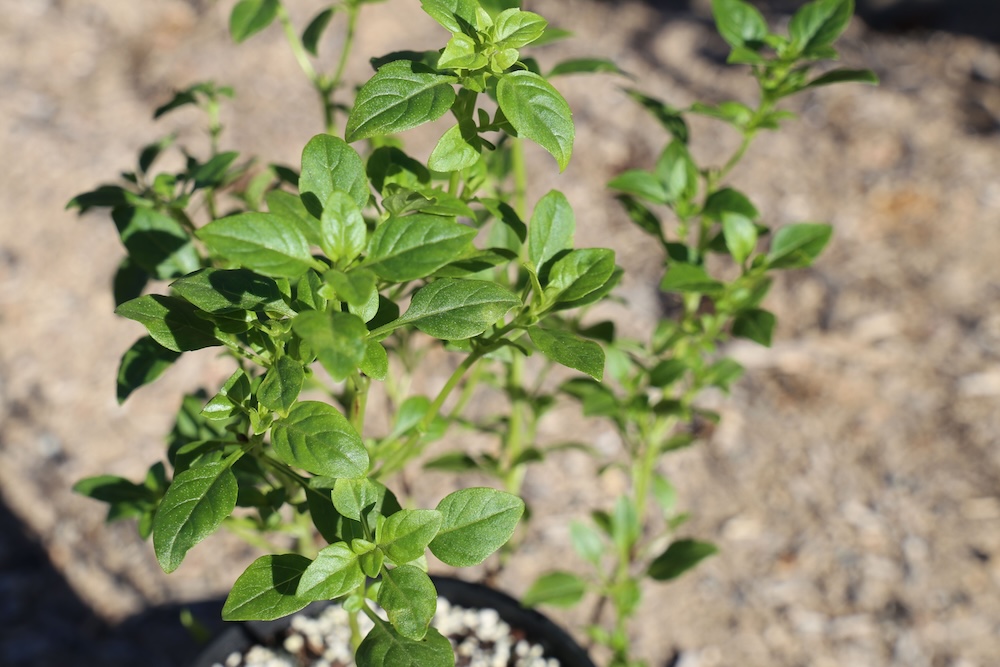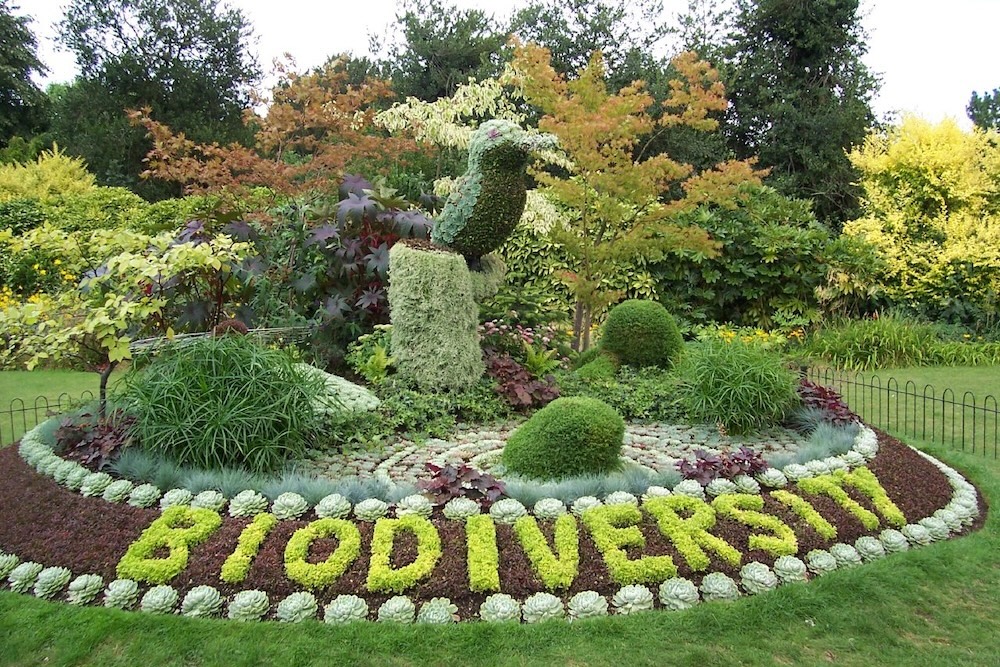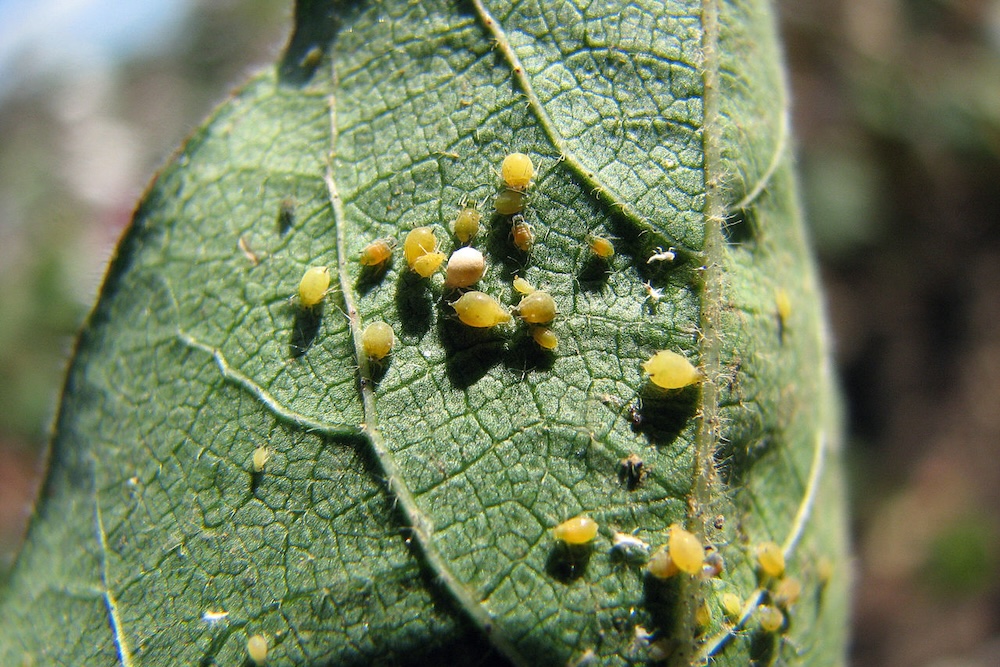Welcome to the world of polyculture, an approach to gardening that embraces diversity and mimics natural ecosystems.
Cultivating Growth: Therapeutic Horticulture for Children
In recent years, horticulture therapy has emerged as a powerful tool in fostering children’s development. By engaging with nature, children not only learn about the world around them but also cultivate vital skills and enhance their well-being. This article delves into the concept of horticulture therapy and its profound benefits for children.

Therapeutic Horticulture and Children
Therapeutic horticulture is a process where plants and gardening activities are used to improve the body, mind, and spirit of those engaging in it. Unlike regular gardening, therapeutic horticulture is guided by specific goals and objectives aimed at improving an individual’s well-being and development. It’s often guided by a professional therapist.
For children, therapeutic horticulture aims to foster cognitive development, improve motor skills, and enhance social and emotional growth.
Therapeutic gardening activities can be tailored to suit children of different ages. For instance, younger children might enjoy simple tasks like planting seeds or watering plants, while older children might engage in more complex activities like mowing, pruning or identifying plant species.
Importantly, these activities should always be conducted under the guidance and supervision of a responsible and caring adult to ensure safety and maximise learning opportunities. A qualified therapist will have experience with different needs of children, especially if your child lives with a disability or a neurodiverse mind.
The Science Behind Horticulture Therapy for Children
Engaging in gardening activities stimulates various areas of a child’s brain, promoting cognitive development and emotional well-being. On top of this, gardening tasks encourage children to work collaboratively, thereby enhancing their social skills. They also provide opportunities for children to express themselves creatively, boosting their self-confidence and emotional health.
You don’t have to take my word for it, though. Here are the findings of three scientific studies related to children and therapeutic horticulture:
- “A haven of green space: Learning from a pilot pre-post evaluation of a school-based social and therapeutic horticulture intervention with children” (source)
This study evaluated the impact of a school-based social and therapeutic horticulture intervention on children’s mental, emotional, and social wellbeing. The researchers used a pre-post evaluation method, tracking changes in children’s wellbeing before and after the intervention. The findings indicate that exposure to green spaces through horticulture can significantly contribute to improved mental, emotional, and social well-being in school children.
- “The application of a horticultural therapy program for preschool children with autism spectrum disorder” (source)
This research explored the application of horticultural therapy programming for preschool children with Autism Spectrum Disorder (ASD). Due to the lack of research on therapeutic horticulture for children with ASD, this study aimed to fill that gap.
The researchers implemented a horticultural therapy program and measured its impact on the participants’ behaviours and skills. The results showed positive impacts on the children’s sensory integration, motor skills, attention span, and social interactions.
- “Children–plant interaction using therapeutic horticulture intervention in a Romanian school” (source)
This study focused on the interaction between children and ornamental plants in a Romanian school setting using therapeutic horticulture activities such as planting and green care. The researchers found that these activities provided important opportunities for the children to learn about nature and develop their motor skills and responsibility towards the environment.
These studies collectively suggest that therapeutic horticulture can have a positive impact on various aspects of children’s development, including mental and emotional well-being, motor skills, attention span, and social interactions. They also highlight its potential as a valuable tool in managing conditions such as ASD and ADHD.
Garden Accessibility for Children
Ensuring that gardens are accessible to all children, regardless of their abilities, is crucial. Barriers such as high garden beds, uneven surfaces, narrow paths, or complex tools can prevent some children of different ages and abilities from fully participating in gardening activities.
Garden designers, landscape architects and therapists can improve accessibility by incorporating features like different heights for plant beds, wide paths, and child-friendly tools.
Garden Therapy Techniques for Children
Here are some techniques that are particularly suitable for children:
- Sensory Gardens: Creating a sensory garden can be a great way for children to explore different textures, smells, and colours. This can help stimulate their senses and promote cognitive development.
- Planting and Caring for Seeds: Encouraging children to plant and care for seeds can teach them about responsibility and the life cycle of plants. Watching a seed sprout and grow into a plant can also provide a sense of achievement.
- Propagation by Cutting: As an alternative to seed propagation, you can take cuttings and grow new plants from those. Another popular option is to propagate succulents by their leaves.
- Potting and Repotting Plants: This activity can improve fine motor skills and hand-eye coordination. It can also give children a sense of ownership over their plants.
- Creating Wildlife Habitats: Building birdhouses or butterfly gardens can teach children about different species and their habitats. This can be an educational and engaging activity.
- Gardening Crafts: Making things like painted pots or bird feeders can allow children to express their creativity while also learning about nature.
- Harvesting Produce: If it’s possible to grow fruits or vegetables, harvesting can be a rewarding experience that educates children on where their food comes from. It can also encourage healthy eating habits.
- Weeding and Pruning: These tasks can help children understand the importance of plant care and maintenance.
- Plant Identification: Teaching children to identify different plants can be an educational activity that improves memory and cognitive skills.
These techniques can be adapted according to the child’s age and abilities. Remember, the goal is to make gardening fun and enjoyable, while also teaching valuable skills and knowledge.

Implementing Therapeutic Horticulture at Home and School
Starting a therapeutic garden at home or school doesn’t require a vast space or extensive resources. Start small with a few pots or a small plot and choose plants that are safe and beneficial for children. Herbs, peas, and strawberries are great options as they are easy to grow and offer sensory experiences.
Daniel’s Wrap: Cultivating Growth Through Horticulture
In conclusion, therapeutic horticulture presents a wealth of opportunities for children’s growth and development. By making gardening activities accessible, engaging, and fun, we can sow the seeds of learning, creativity, and well-being in our children.
As a parent, educator, therapist or caregiver, you can embrace therapeutic horticulture and witness the transformative power of nature in children’s lives.




This Post Has 0 Comments